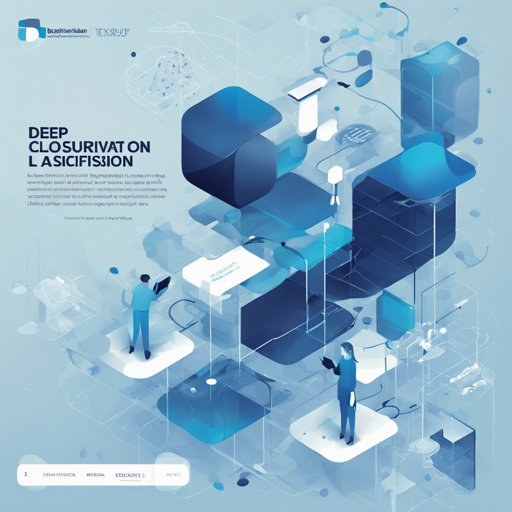This blog aims to provide a user-friendly approach to understanding deep learning models for text classification. With the rapid advancements in Natural Language Processing (NLP), it’s essential to stay updated with the latest methodologies. In this article, we’ll explore project setup and key models, along with troubleshooting ideas to enhance your experience.
Understanding Text Classification
Text classification is a fundamental NLP task that involves categorizing text into predefined labels. It’s like sorting mail into different boxes based on their addresses. Just as a postal worker uses specific criteria to organize letters, a text classifier utilizes learned patterns and features from data to decide on the appropriate category for new text.
Project Setup
Setting up your environment is crucial for running deep learning models. Here’s a step-by-step guide to get you started:
- Download and install Anaconda at
~Programsanaconda3. - Create a virtual environment:
cd ~Programsanaconda3 mkdir envs cd envs bin/conda create -p ~/Programsanaconda3/envs/dsotc-c3 python=3.6 anaconda - Activate the environment:
source ~/bicepjai/Programsanaconda3/envs/dsotc-c3/bin/activate dsotc-c3 - Install pip if necessary:
conda install pip - Run the command to install all dependencies:
pip install -r requirements.txt - Enable Jupyter extensions:
jupyter nbextensions_configurator enable --user - Install configuration options for Jupyter:
jupyter contrib nbextension install --user - Enable some extensions, like Collapsible Headings, Execute Time, and Table of Contents for better navigation.
Key Models for Text Classification
This project surveys various neural network models based on Convolutional Neural Networks (CNN) and Recurrent Neural Networks (RNN). The selected models provide a robust framework for tackling text classification tasks. Following are some important references from the project:
- Convolutional Neural Networks for Sentence Classification, Yoon Kim (2014)
- A Convolutional Neural Network for Modelling Sentences
- Medical Text Classification using Convolutional Neural Networks
- Ensemble Application of Convolutional and Recurrent Neural Networks
Troubleshooting Tips
During your setup or while running models, you might encounter some challenges. Here are some troubleshooting ideas:
- Environment Activation Issues: Ensure you’re using the correct command to activate your virtual environment.
- Dependency Errors: If the code fails to run due to missing libraries, double-check your requirements file and re-run the installation command.
- Jupyter Notebook Issues: If Jupyter extensions are not working, try restarting the notebook or re-enabling the extensions through the command line.
For more insights, updates, or to collaborate on AI development projects, stay connected with fxis.ai.
Conclusion
Text classification continues to evolve rapidly, driven by advancements in deep learning models. The insights provided in this survey project are invaluable for anyone looking to deepen their understanding of the capabilities offered by neural networks.
At fxis.ai, we believe that such advancements are crucial for the future of AI, as they enable more comprehensive and effective solutions. Our team is continually exploring new methodologies to push the envelope in artificial intelligence, ensuring that our clients benefit from the latest technological innovations.

